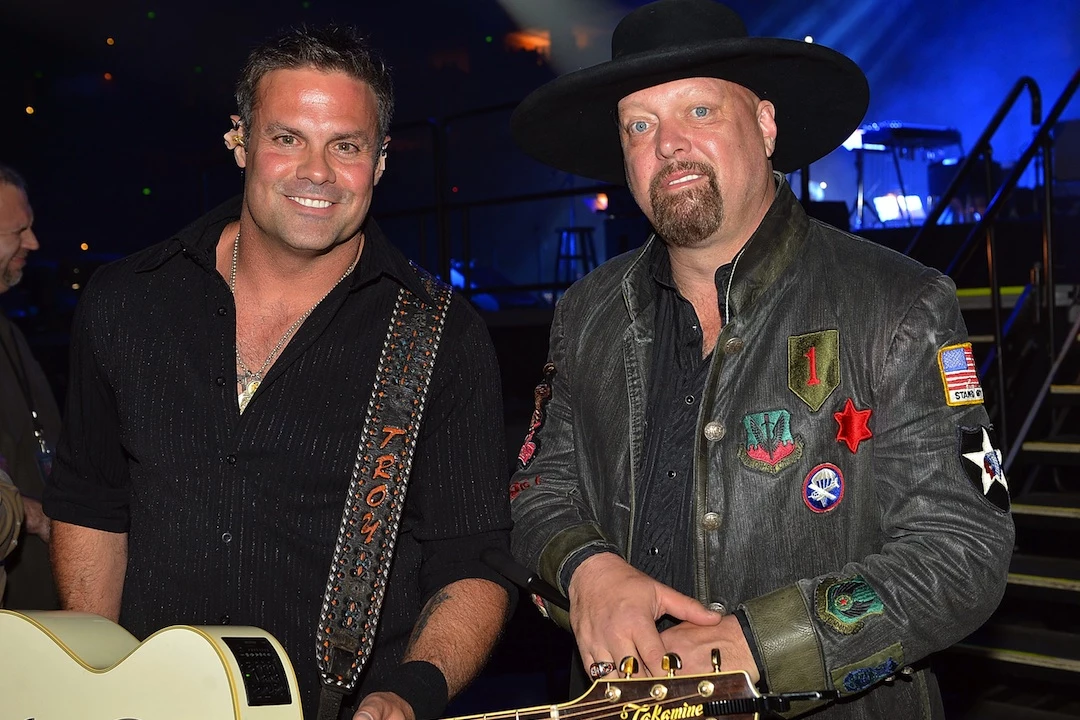

He is passionate about the music, but he doesn’t let his passion overinflate his prose, and he seems to know everything about everyone who was part of the Southern music world. Guralnick is an eminent authority on rock and roll and related musical styles. Peter Guralnick’s “Sam Phillips: The Man Who Invented Rock ’n’ Roll” (Little, Brown) is an interesting contribution to the self-promotion project. When he reëmerged, he devoted some of his time to creating new radio stations but most of it-he died in 2003-to burnishing his legend. A wealthy man, he disappeared from the music scene for almost twenty years. Still, despite commercial success, Phillips continued to lose his artists, this time to major record labels, like Columbia and RCA Victor, and, around 1960, he more or less gave up producing. He produced and released songs that people born decades afterward still play in their heads while doing the dishes: “Mystery Train,” “Blue Suede Shoes,” “Folsom Prison Blues,” “I Walk the Line,” “Ooby-Dooby,” “Whole Lotta Shakin’ Going On,” “Great Balls of Fire.” That’s a plausible soundtrack at Starbucks more than half a century later. B. King, Howlin’ Wolf, Ike Turner, Carl Perkins, Johnny Cash, Jerry Lee Lewis, and Roy Orbison. He was the first to record, besides Elvis, B. By 1958, Phillips had produced sides by a major-league roster of talent. And amazing performers walked in, some on their own, some referred by other musicians. But he found the men who ran those outfits untrustworthy-he felt that they were always trying to poach his artists or cheat him on royalties-and so, in 1952, he started up his own label, Sun Records. To have the recordings pressed and distributed, he relied on small independent labels like Modern Records, in Los Angeles, and Chess, in Chicago. (The building still stands, now a National Historic Landmark.) In January, 1950, he opened the Memphis Recording Service, in a tiny space on Union Avenue, just a block away from Beale Street, the heart of the Memphis music scene. Phillips got his start in radio, working in Decatur and Nashville, and, finally, in 1945, making it to Memphis, his version of what Paris was for Ernest Hemingway and Gertrude Stein. His father was a flagman on a railroad bridge over the Tennessee River. He was born, in 1923, in a small place in Alabama called Lovelace Community, not far from Muscle Shoals.

In the beginning, Phillips had not planned to run a record company. But he helped identify an audience, and that audience transformed the industry and the nature of popular music. He recorded a style of music that the major record companies-there were six of them when he started out, and they dominated the national market-had deemed unprofitable. He had a regional business, little access to capital, and no reliable distribution system for his product. In twenty-first-century terms, Phillips was an industry disrupter. No one contributed more to the job than Sam Phillips, the founder of Sun Records, in Memphis, and the man who discovered Elvis Presley. Coming up with that sound, the sound of unrehearsed exuberance, took a lot of work, a lot of rehearsing. As with any musical genre, it boils down to a certain sound. There’s no show-biz fakery coming between you and the music. Rock and roll feels uninhibited, spontaneous, and fun. You can add horns and strings and backup singers, and you can add a lot more chords, but the important thing is the feeling. The instrumentation and the arrangements are usually simple: three or four instruments and, frequently, about the same number of chords. The learning curve for performing the stuff is short the learning curve for appreciating it is nonexistent. To this way of thinking, rock and roll-the music associated with performers like Chuck Berry, Little Richard, Buddy Holly, and the early Beatles-is music that anyone can play (or can imagine playing) and everyone can dance to. “I felt,” she concluded, “that I could do that.” For many people, that response is the essence of rock and roll. She found herself making a cold appraisal of his performance. As she described the concert in her memoir “Just Kids,” everyone was transfixed by Jim Morrison, except for her. In 1968, when Patti Smith was twenty-one and working in a Manhattan bookstore, she went to a Doors concert at the old Fillmore East. Sam Phillips and Elvis Presley at Sun Records, in Memphis, December 4, 1956.


 0 kommentar(er)
0 kommentar(er)
